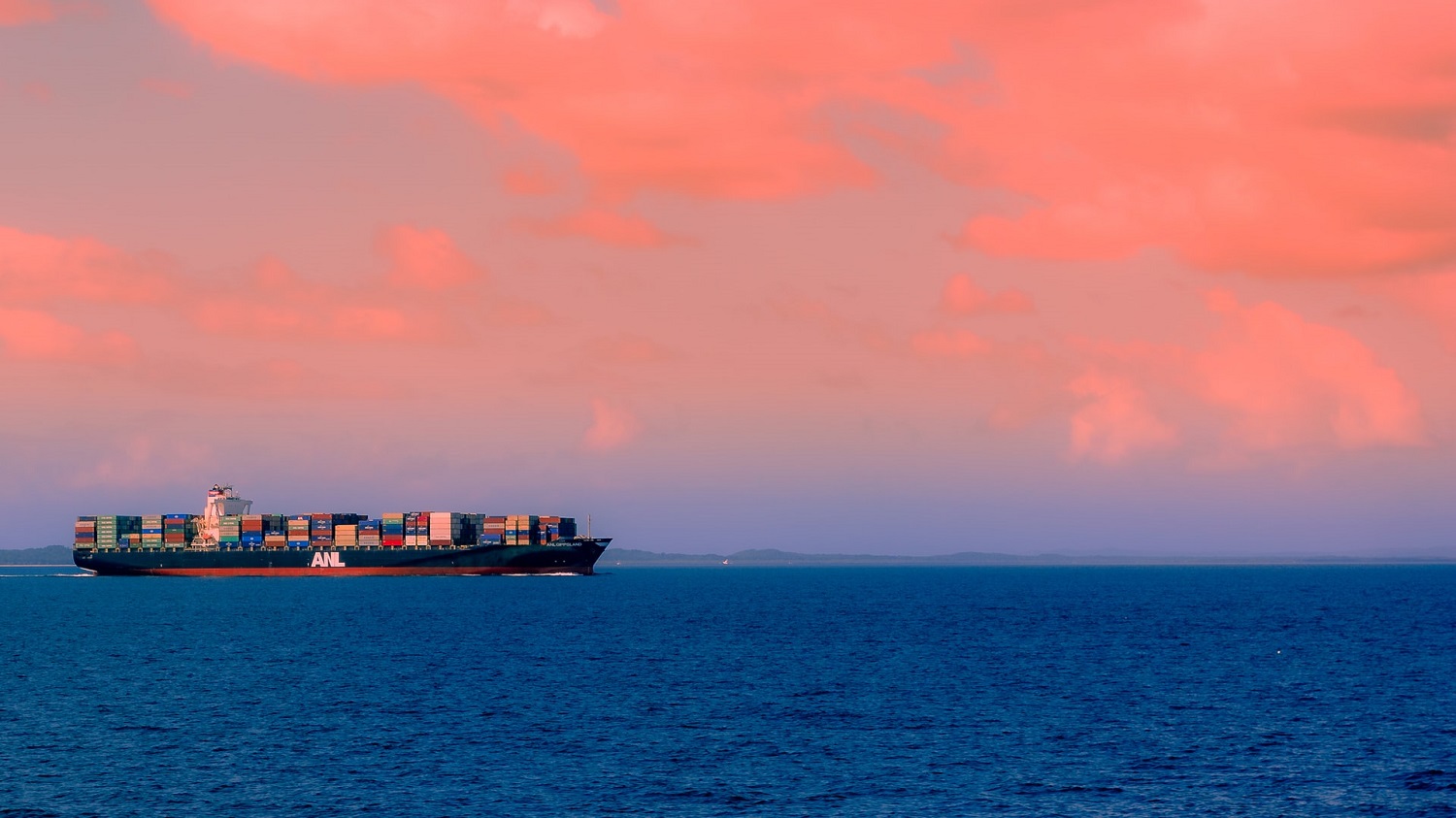Panelists on the Navigating the Turbulent Ocean of International Shipping session March 22 at ISRI2022 had an interactive discussion on a wide range of shipping topics. Speaker Karyn Booth, partner and chair of transportation practice at Thompson Hine LLP, noted the panel represented the entire shipping supply chain: Pat Capasso, president of metal recycler PACSAP Co.; Krissy Van Niekerk, vice president of corporate sales at container company A.P. Moller–Maersk; Anupa Pradhan, vice president of import contracts at logistics firm Sealink International; and Dominic Sun, trade development director for the Port of Houston.
Many of the challenges facing ocean shipping developed after the onset of COVID-19, as changes in the markets and lockdowns led to freight demand dropping. Capacity was taken out of the market to deal with some of the issues and while there was a steep rebound in freight at the end of 2020, things haven’t gotten back to normal yet. Booth asked the panelists for their perspectives on what’s going on with markets, supply and demand, and the outlook for 2022.
Capasso believes the situation has improved because people across the supply chain have gotten better at dealing with the issues. Van Niekerk noted that she’s seeing strong demand on the import side, and while her company has tried to inject capacity it gets absorbed by operational issues. She says many questions remain including International Longshore and Warehouse Union (ILWU) labor negotiations, the war in Ukraine, and the impact of COVID-19 on China.
Pradhan remarked she’s struggling to see things return to normal especially with the increase of demand on imports and exports. Sun remarked that to deal with congestion in Houston they’ve worked to develop capacity as fast as they can. “We understand the demand is there and building in preparation for demand, we were handling volume quite effectively at the end of 2020 and then volume started to grow on the import side.”
Sun added that container dwellings have increased and in the short term the port is looking into ways they can lay out more concrete as quickly as possible. “We’re trying to accelerate as quickly as possible to fit more space on the ground, and also working on the possibility of pop-up yards so that we can move some of the longer-dwelling containers off-site to make the yard such that we can get things quickly and get the truckers in and out of our facility.”
Pradhan remarked that her company is working to think outside of the box to connect shipments. “We’ve worked with our clients to extend our facilities to make it easier to get from a port that isn’t being served to a port that is being serviced,” she says. “Houston is actually one of the ports we’re trying to get our containers to because it’s easier to ship out of Houston, and to deal with congestion in Charleston, we’re looking to get things to Savannah or Wilmington.”
Booth turned attention to the issue of ships moving empty containers back to Asia to handle the high import demand, which has created tension between importers and exporters. Van Niekerk says there will always be a need to move empty containers back to Asia, but the larger focus is on driving export business. “It’s essential to fill those boxes and facilitate trade. The way we work with our customers and space we operate, a certain percentage of the space on our vessels are full of export cargo not just empty boxes. Our export customers are priority.”
Sun agreed there would always be a natural flow of empty containers because of import demand. “We have seen an increase in export of containers, in order for us to be more fluid sometimes we’ll ship out several empties just to free up space on the terminal for parking that’s the natural fluidity.”
Booth asked the panelists about where they see things headed with respect to trucking, driver shortages, challenges of warehouse space, and worker shortage. Capasso noted that the trucker shortage has offset some of the gains his company made regarding booking and containers. “My equipment chassis are more of a problem than containers, but regarding the chassis truckers are savvy; they do their best. I really rely on their expertise.”
Van Niekerk echoed Capasso’s note about the chassis. “At the end of last year, the average dwell time was about 9 days, which was double … pre-pandemic. That’s an impact on our ability to provide chassis or containers. There’s no easy answer to the problem because so many things contribute to why they’re sitting with containers on top of them in the ports.”
Booth asked the panelists to discuss how recyclers can manage the issue of higher costs. Pradhan remarked that developing communication between the terminal and shipping line regarding data and vessel schedule would help alleviate some of the issues. “I think there must be a way for the lines and the port terminals to talk to each other and that can help same some costs.”
Van Niekerk noted that her company has seen success when costumers leverage the options they offer when they secure a portion of business. “If they commit to a rate under quarterly agreement and leverage that with optimization for spot rates, they can purchase directly through a website but the important aspect of those products is the two-way commitment and keeping communication up and be realistic about what both parties can offer.”
Photo courtesy of Unsplash.com.
Additional Resources













